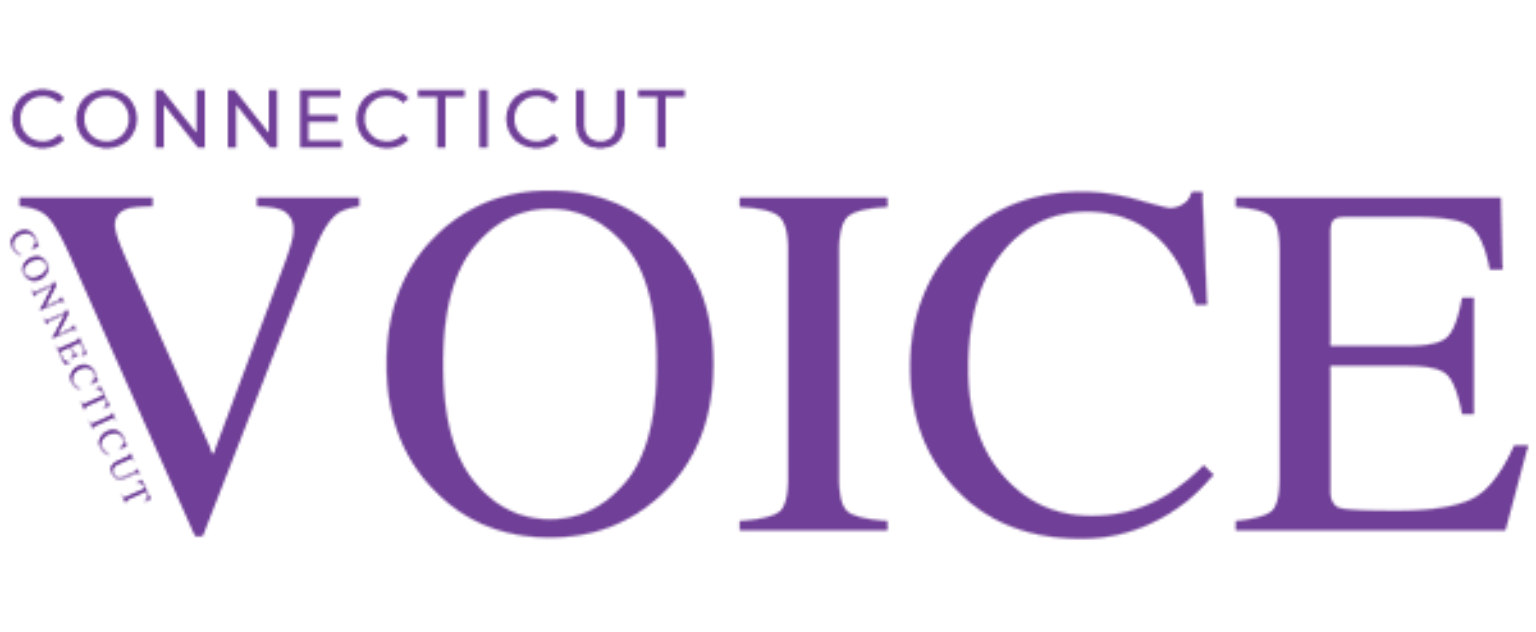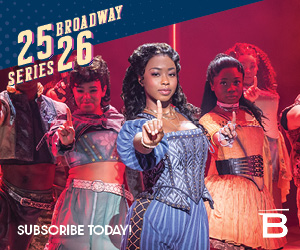Audre Lorde, Michael Cunningham, Mark Doty, Sarah Schulman: many of our greatest writers have been queer, and in their novels, memoirs, poetry and plays, they’ve always made sure to foreground the legacy of LGBT culture. Yet, for all their hard work and influence, the public access to LGBT-affirming literature remains inhibited in the state of Connecticut. With such a breadth of queer literature, how do we get it in the hands of our students?
GLSEN Connecticut seeks to increase access through its new initiative, The Rainbow Library Community Reads Project. Entirely volunteer-run, the Rainbow Library provides LGBT-affirming texts to any K-12 school across Connecticut, free of charge. Through literature, GLSEN hopes to promote a deeper, more intimate understanding of queer issues—one more inclusive to people of color and gender nonconforming individuals, and one more conducive kindness, sensitivity, and positive self-inquiry.
We spoke to GLSEN Connecticut director Ashley Holbrooks and GLSEN volunteer and educator Michael Rady about the Rainbow Library Community Reads Project. With your help and support, the initiative will continue to thrive in 2020; get involved with GLSEN here!
CT VOICE: GLSEN started the Rainbow Library Community Reads Project in order to address the issue of limited resources for Connecticut’s queer students. In what specific ways does the lack of resources affect a queer student’s education? Why is it especially important to have LGBT-affirming resources in Connecticut’s schools and libraries?
GLSEN: For too many queer youth, school is not a safe, affirming place for them to be who they are. In 2017, 87% of LGBTQ students in Connecticut said they regularly heard anti-LGBTQ remarks at school. One in five Connecticut LGBTQ students said they were physically harassed because of their gender expression or sexual orientation. Nationwide data also shows that LGBTQ youth are more likely to face homelessness, attempt suicide, and drop out of high school than their non-LGBTQ peers.
By providing Connecticut schools and libraries with LGBTQ+ affirming texts and curricular resources, the Rainbow Library prompts deeper self-understanding for LGBTQ+ students, affirms their self-worth, and reinforces that they are valued members of their community. Data from GLSEN’s 2017 National School Climate Survey affirms these positive outcomes: in comparison to LGBTQ students at schools without LGBTQ-inclusive curricula, LGBTQ students at schools with LGBTQ-inclusive instruction were less likely to hear homophobic or transphobic remarks at school, were less likely to feel unsafe because of their sexual orientation or gender expression, had higher GPAs, stronger attendance, and felt “greater belonging to their school community”. LGBTQ inclusive curricula, which much of the time builds from LGBTQ affirming texts, not only helps make school safer for LGBTQ students by reducing anti-LGBTQ bullying, but also supports queer students to boost their academic performance. From our perspective, when Connecticut LGBTQ+ students see themselves in literature, history, and more, that connection sparks them to engage more deeply with these subjects.
CT VOICE: The relationship between literature and the LGBT community is profound, historic, complex, and reading frequently plays a huge role in a queer person’s coming-out process. Nowadays, in the age of the Internet and death of print, why do you feel reading and literature remain important for queer people?
GLSEN: There’s tremendous significance for a student seeing a book in their classroom’s shelf that affirms their LGBTQ+ identity, or perhaps, the identity of an LGBTQ+ family member. The student can read it during independent reading time. They can take it home and use it as a reference for an independent project. They can present it to their classmates as part of a book report. Too often, however, that book isn’t there. The Rainbow Library is working to change that.
Here are three major understandings we aim for all Rainbow Library readers to take away from this project: (1) queer leaders and movements have existed throughout history, are diverse across race, nationality, gender identity, gender expression, disability status, and so many other factors, and are worthy of being studied; (2) Queer love is valid and beautiful, and deserves to be showcased in books and in life; and (3) Many queer people break down conventional notions of gender identity and expression, and this resistance demands respect.
CT VOICE: The Rainbow Library curricula includes a wide variety of genres and styles, from literary fiction to memoir and YA. What are some of your most-requested books? Why do you feel these books are particularly appealing to students, teachers and librarians?
GLSEN: The elementary text Queer Heroes and the high school books Branded by the Pink Triangle and The Stonewall Reader all challenge the perception that LGBTQ people don’t exist in history, and instead showcase powerful, diverse leaders and movements and how they impacted society. Middle grade novels such as The Stars Beneath Our Feet and Hurricane Child positively feature queer teenage relationships. The elementary texts, Keesha’s South African Adventure and Harriet Gets Carried Away both positively feature families with LGBTQ parents. And picture books such as Julián Is a Mermaid and Pink Is For Boys challenge dominant notions of gender expression. The picture book Neither and the high school text Beyond Magenta: Transgender Teens Speak Out offer positive representations of people who are transgender or gender expansive.
A majority of the Rainbow Library books feature characters or historical figures of color. Stories and histories of black and brown queer people have long been marginalized and erased, and it is important that these narratives are front and center in the Rainbow Library collection. This is especially relevant in Connecticut, where 40 percent of students are people of color. We’ve also managed to find some Spanish-language and bilingual texts, and sent those out in many of our sets.
CT VOICE: The project also offers a chance for queer students to submit book reviews. Why did you feel this was important to encourage? What has the experience of writing book reviews been like for the students?
GLSEN: We saw the book reviews as a way for students to dig a little deeper into the texts and show off what they learned about them. We also wanted these reviews to offer teachers and librarians a clear way for them to engage their students with these texts. Adults got excited about the prospect of students from their school or library winning a Rainbow Reader Review award, and encouraged their readers to read Rainbow Library texts and submit reviews. We heard one story of a student who spent a lot of time working on their review with a teacher. When the awards were given out at the Rainbow Reader Summit in December, the student, their family, and the teacher all came to the Rainbow Reader Summit together.
CT VOICE: The project’s first goal is to get LGBT-specific books into at least ten percent of Connecticut’s schools and libraries. Once you’ve achieved this, what does GLSEN hope to do next with the Rainbow Library Community Reads Project?
GLSEN: There are already 122 Connecticut schools and libraries with Rainbow Library text sets. Since our slots filled up for 2019, we received requests from an additional 74 schools and libraries across the state interested in participating. If we can raise the money for it, we will send out another batch of Rainbow Library books later this year.
What we really want, however, is for the state legislature to enact an LGBTQ inclusive curriculum law, so all Connecticut public schools teach LGBTQ affirming content, including literature and history. California, Colorado, Illinois, and New Jersey already have these laws on the books, and Maryland is in the process of incorporating these changes into its state curriculum standards. We have also received interest from GLSEN chapters in 20 other states – from Hawaii to Alabama – to help them replicate the Rainbow Library Community Reads Project in their regions. We’re hoping to partner with some of these chapters later this year to help take this on.









More Stories
Off-Broadway Review: Trophy Boys
Broadway Preview: Lewis Flinn’s Cabaret
Off-Broadway Revew: The Imaginary Invalid